How does the Internet of Things “biased†the mobile communications industry?
Since the first deployment of GSM in 1991, the mobile communication industry has been developing steadily, with increasing bandwidth and network speed, until the official announcement of 5G at the Global Mobile Conference held in Barcelona in 2014.
However, since then, especially in the past 12 months, a branch of the mobile communications industry has developed very rapidly. This branch is the Internet of Things (IoT). But the biggest challenge for IoT is that the direction of development is the opposite of current industry development. To put it bluntly, it is ultra-low bandwidth, ultra-low power consumption, ultra-low speed and ultra-low terminal cost.
Since 2015, the mobile communication industry has generally recognized that LTE technology is not suitable for IoT applications due to its large bandwidth and huge traffic overhead, in addition to the cost of higher LTE modules and services. More importantly, because 4G has advantages over 2G and 3G communication and efficiency, and now people's demand for video calls is increasing, more and more operators are considering redistributing 2G, 3G, 4G bands. problem. AT&T, the US operator, has begun this move and plans to close GSM and 2G M2M services by the end of 2016. But this kind of business strategy can be confusing for users, especially on the economic level, because users of 2G devices and modules never imagined that their devices could no longer be used one day.
At a certain level, the strategy of redistributing this frequency band means that the mobile communication industry has already or is moving its own feet, because the M2M industry has been developed for some time, and the investment is not small, but now it is Looking for alternative technologies.
The first to pose an alternative threat to mobile operators came from LPWA technology proposed by some IoT domain experts. So we can see that many companies and operators in the industry are adjusting their positioning: for example, Samsung, Telefonica, Japanese mobile operator NTT have invested in Sigfox, and Telefónica has deployed Sigfox's experimental network; France, Orange, Bouygues Telecom, KPN Telecom and Singapore Telecom are working on LoRa.
We prefer to see the development of a hybrid network that combines traditional and emerging technologies. The next three years will be interesting because we will see if LPWA-related companies can succeed in the market, either by themselves or by working with other companies. For example, cable companies that are not in the IoT industry chain or cloud providers who want to participate in the IoT field are potential partners of LPWA related companies.
Ingenu (RPMA is a patented technology from Ingenu) is an interesting example. Although it is an LPWA startup company, it has gathered a lot of industry big coffee and has developed rapidly in the industry. Ingenu's predecessor was On-Ramp Wireless, which focuses on the US utilities and energy industry. It was officially renamed Ingenu at the American Wireless Communications Show last year. It reshapes the company's image and business model, from a technology and platform provider to a public network operator that develops from a network of machines, similar to Sigfox's development strategy.
The mobile communications industry has reached a consensus: to find a solution with price and power advantages to deal with the threat from LPWA [sorry, then add more mouths, in fact, many people, NB-IoT is also listed as One of the LPWA technologies]. So 3GPP organizations, chip suppliers, network providers and operators have negotiated a standard - known as NB-IoT, NB-LTE (Ericsson, Nokia & Intel) and mobile IoT (Huawei & Qualcomm) Fusion. In November 2015, a meeting was held in Hong Kong in preparation for the standard NB-IoT. The initial participants were China Mobile, China Unicom, Ericsson, Emirates Telecom, Global System for Mobile Communications (GSMA), Global TD-LTE Alliance (GTI), Huawei, Intel, LG U+, Nokia, Qualcomm, Telecom Italia, Telefonica, Vodafone. This meeting not only promoted the standardization of the standard, but also discussed in the vertical market application, the interoperability of the solution, how to ensure the continued growth of the market, and how to consolidate the industrial chain. At the same time, Ericsson, Saiken Communications, and Orange jointly tested the coverage of 900MHz GSM (EC-GSM) and also tested LTE-M.
The problem now is that the predictions for the development of the LPWA, IoT and mobile communications industries will be difficult in the next 3-5 years, but it is now clear that there are many network options that companies can use to deploy IoT.

For mobile operators, eager to maintain their position as the main connecting medium, they need to prove that they are stable and trustworthy partners in the M2M industry. So the network they provide will be more complex and largely a hybrid of different technologies. However, in this way, it is necessary to overcome the problem of heterogeneity of different technologies and diversification of services.
LPWA technology will enable mobile operators to rethink their IoT business strategy and launch specialized new business models and products, just as operators have adopted mobile phones 20 years ago. Some people suggest that the Internet, such as Google, Facebook, and Amazon, will become the main users of mobile networks to some extent in the next few years. The premise is that the carrier's IoT business model has not achieved the expected results.
Similarly, we can also imagine that giants such as IBM and General Electric may also buy one of the LPWA technologies, and then deploy the corresponding IoT network to provide relevant IoT services by taking advantage of its own market.
Regardless of the outcome, the mobile communications industry has already had a huge branch. IoT has fundamentally and irreversibly changed the status quo of the communications industry (from the perspective of everyday life, we hear that LPWA news is far more than 5G) At the same time, the industry's requirements for technology and business model innovation are getting higher and higher.
Straight Reamers are used to drill a hole in material with a pilot hole. In order to improve machining efficiency, we usually use the process strategy with a solid carbide drill and straight reamer reduces the processing time and produces a straight hole with tight tolerances and an excellent surface finish.
Advantage:
Unique guidepad geometry allows for excellent roundness and straightness, even in an interrupted cut condition.
Surface roughness is reduced obviously.
Reduced the machining time while maintaining a reliable process.
Features
With 4, 6 or 8 flute
Multi-diameter tool allowing for excellent hole size and concentricity between diameters.
Flexible in order quantity:
Samples can be provided before mass production, and MOQ can be discussed accordingly.
PRODUCT DETAIL:
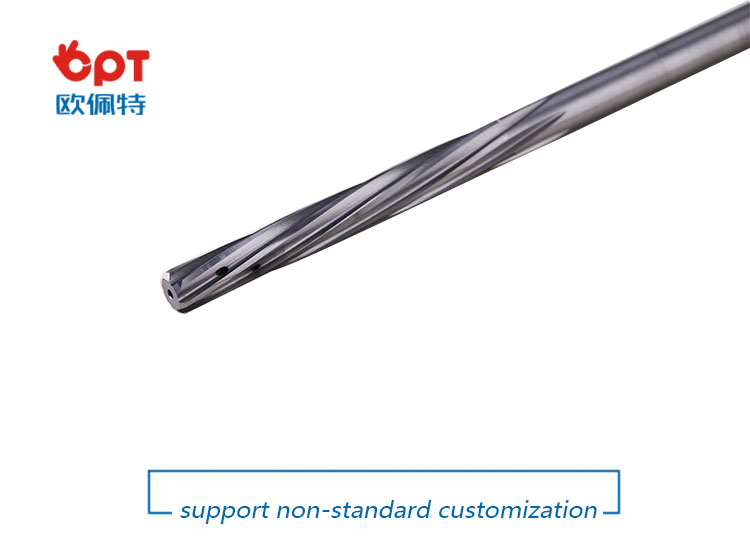
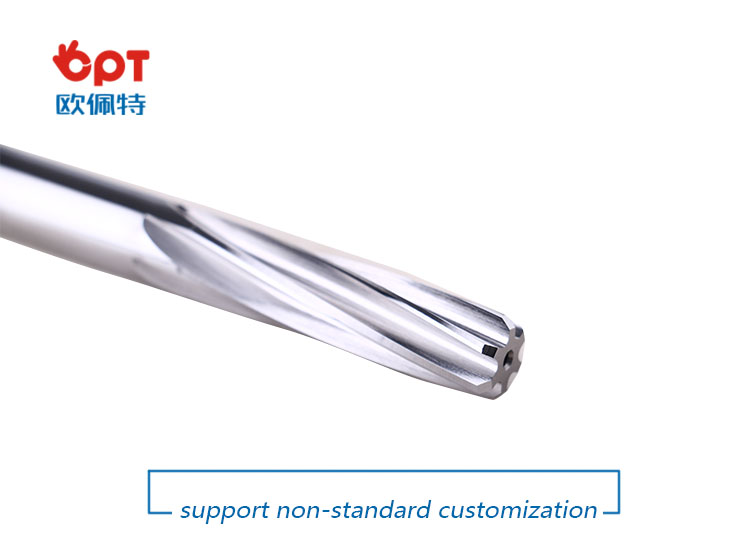
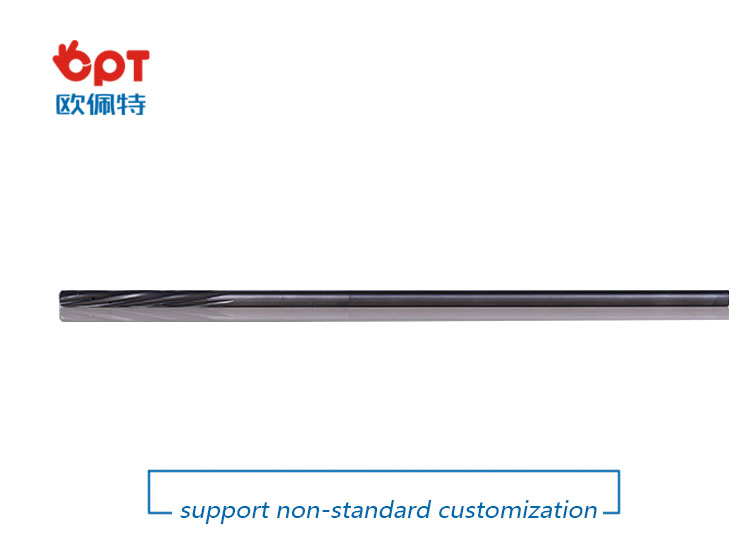
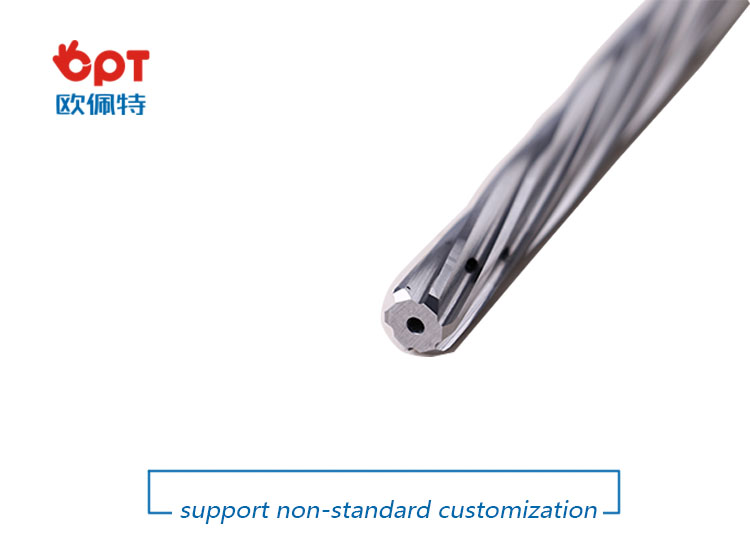
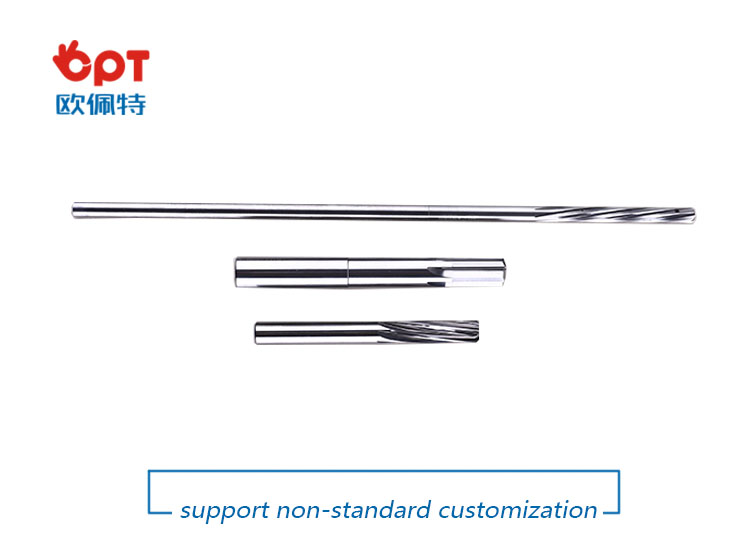
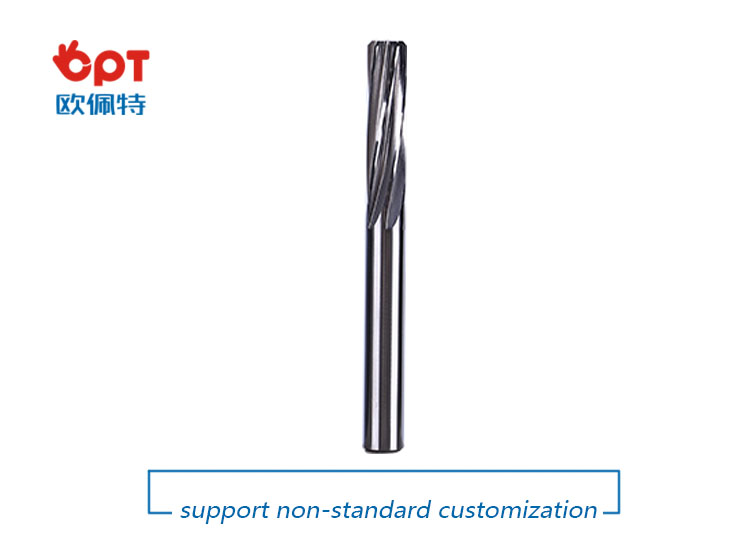
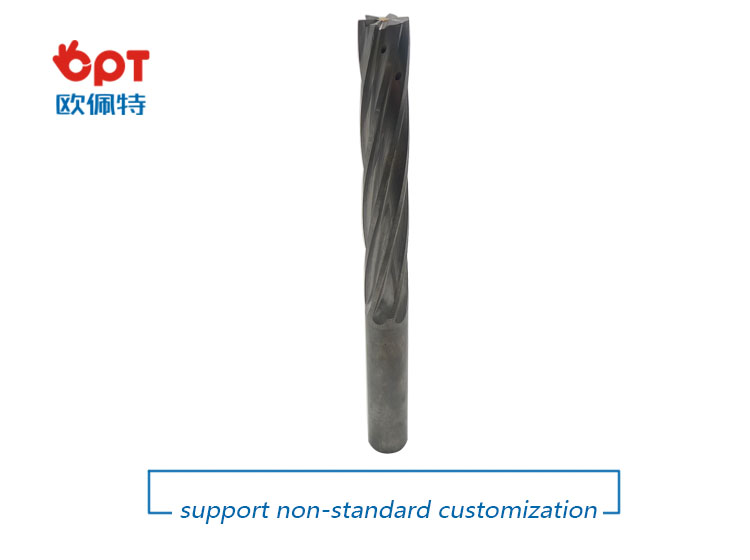
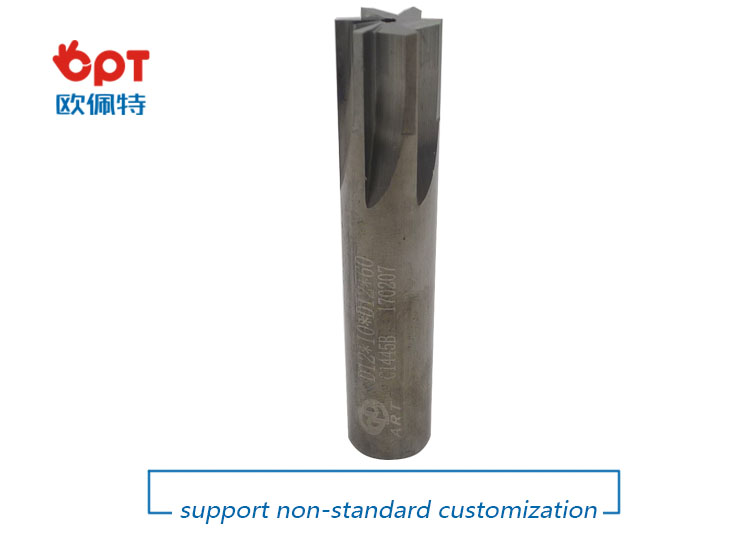
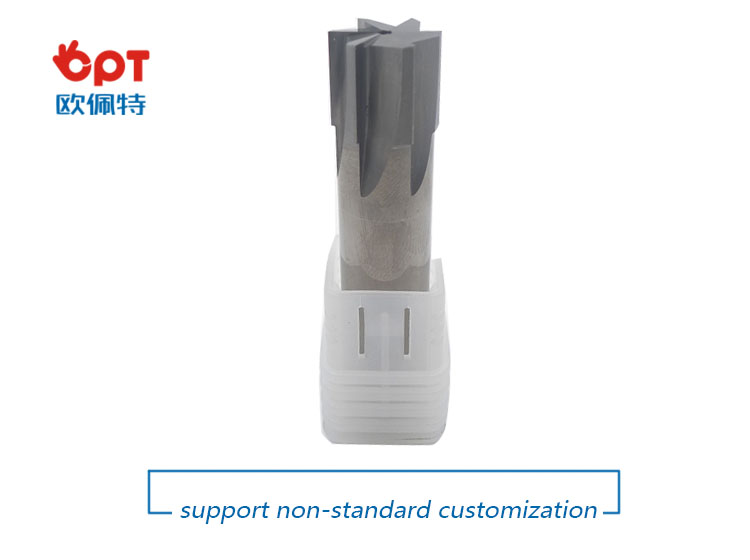
PRODUCTING PROGRESS:

PAYMENT AND DELIVERY:

PRODUCT EQUIPMENT :
+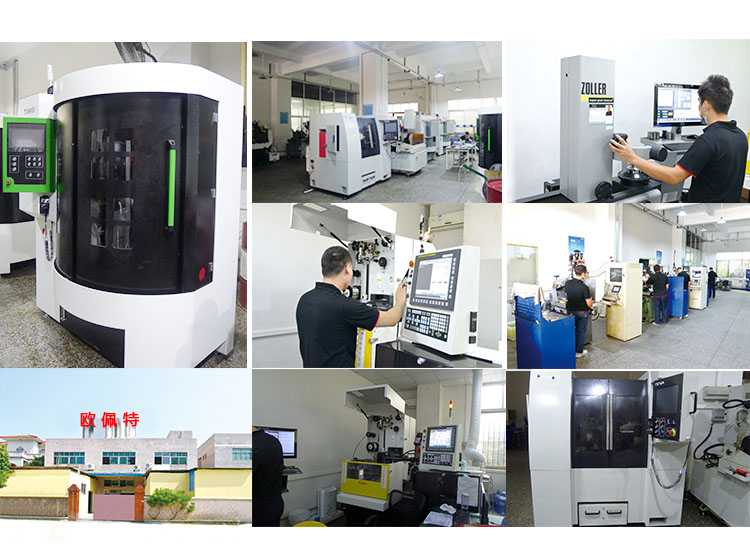
ABOUT US :
We are specialize in manufacturing PCD diamond tools and Carbide tools. Our major product inclulde PCD Inserts , PCD Reamers , PCD End Mills, PCD Taps, Cabide Inserts,Carbide Drills, Carbide Reams, Taps etc.,
We also offered customized cutting tools per drawings, and provide package according to customer requirements. We manufacture a series range of cutting tools for machining of Cast iron, Aluminium alloy and Non-Ferros metal, it is widely used in all major sectors like Automobiles, Engineering, Aerospace, Aviation and 3C industry. Premium quality of raw material is used in the production and strict examination during processing with advanced equipment, so our client are satisfied with our reliable quality and on-time delivery.
Our best selling of cutting tools include PCD Inserts, PCD End Mill, PCD Ball Nose Mill, PCD Reamer, Carbide Taps, Carbide End Mill, Special Form Cutter and many more. For these years we have been made a large forward in the technologies of manufacturing cutting tools. With high quality on performance and price, our product sells well both on domestic and overseas market. And we will always focus on the quality and best service, to make long business relationship.

quanlity control:
We have dedicated team of quality control and precise equipment to keep good and stable performance for our products and processing services.

Carbide Reamer,Solid Carbide Reamers,Tapered Reamer,Adjustable Reamer
OPT Cutting Tools Co., Ltd. , https://www.optdiamondtoolss.com
